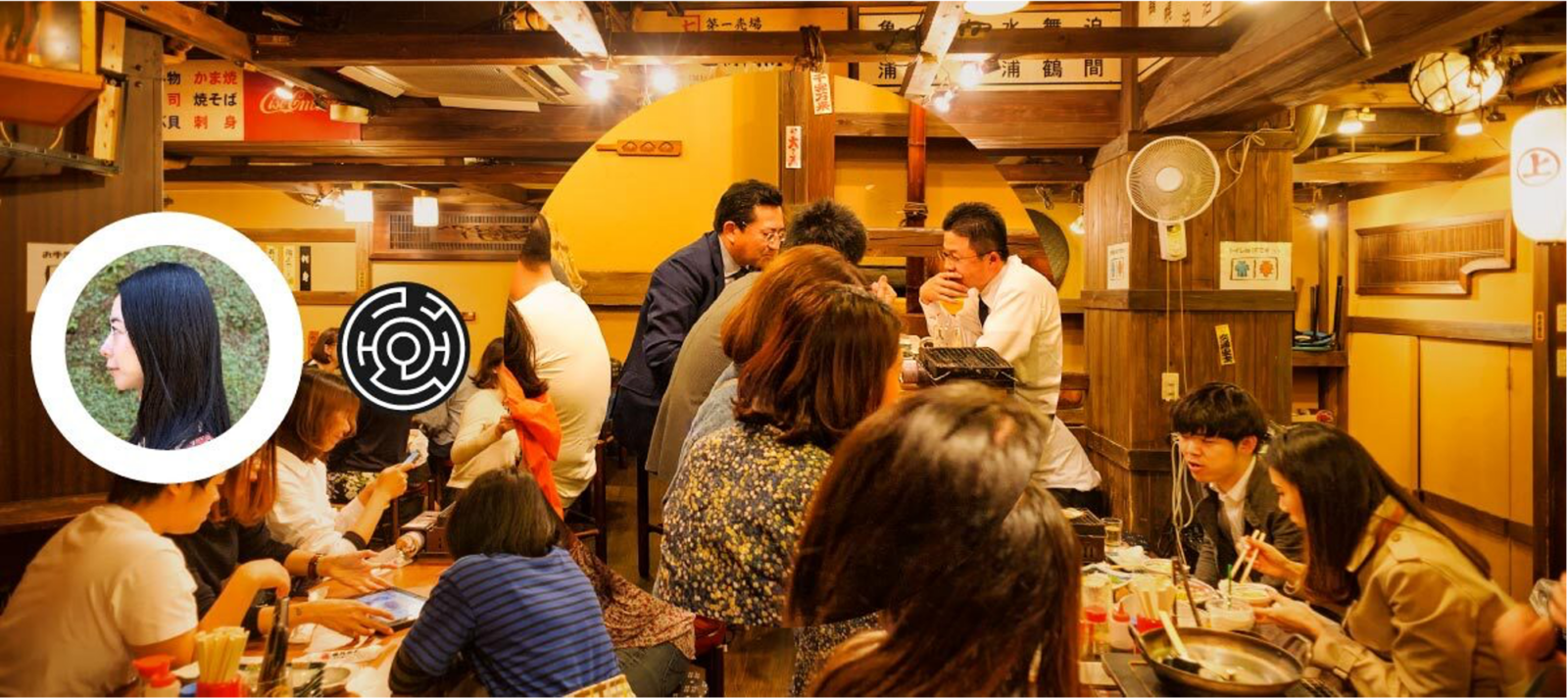Save the planet: eat less meat
Here in Japan, I see the global trend for vegetarianism and veganism beginning to impact and clash with our food culture. I read recently, in this WTVOX article, that the total number of vegans, vegetarians, and associated categories, is close to 14% of the world’s population. In the UK, the number of vegans has quadrupled in the last five years. In the U.S, the number of vegans increased from 0.4% to 3.5% in the last two years. Around the world, people are receiving the message that the simplest and cheapest way they can reduce human impact on the environment, and help climate change, is to eat less meat.
Vegetarianism is becoming more popular here in Japan, but amongst developed countries it must be one of the hardest places to make this lifestyle choice a reality. There are some reasons for this that are embedded deeply in our culture.
Umami, Dashi and the bonito fish
The Japanese use Dashi, which is a cooking broth and the essence of the rich umami taste in Japanese cuisine. Dashi is usually made with dried bonito, which is a fish. Some variations replace bonito with kelp or seaweed, but roughly half of dashi-based dishes are not vegetarian-friendly. Dashi is used in almost all traditional Japanese dishes. It is the basis of miso-soup and miso-shiro, and is used in hot pots, Japanese rolled omelette (Dashimaki-tamago), Udon and Japanese savoury pancakes (Okonomiyaki). In Japanese cooking, Dashi is as important as salt and pepper seasoning is in Western cooking.
Similarly, vegetarians and vegans are unable to eat some of the national dishes in Japan. For example, ramen is one of the most famous Japanese foods. Some ramen restaurants offer vegetarian ramen, but 99% of ramen restaurants will use pork bone or seafood for the ramen soup.
When we dine out, we share the same meal
We are beginning to find vegetarian options at some Japanese restaurants, but it is still not common. It would be especially difficult to find vegetarian restaurants and dishes in rural areas. There are other cultural traditions that make it hard for vegetarians and vegans. In Western culture, most people dining together will choose a dish from the menu for themselves. But when friends and colleagues dine together in Japan, they agree on the same ‘course menu’ to order and share – and this is particularly encouraged (by culture and the restaurant’s chef) if the group consists of six people or more. Typical menus in ‘izakaya’ – Japanese-style pub restaurants – usually offer as many as six or seven small dishes, including desert, a course menu. So, it’s not possible for each guest to choose a different course menu. It would be too much food and money for the guest, and too bothersome for the restaurant staff to service in a different way. Most course menu dishes include seafood and meat, so the cultural gap impedes the social dining experience for vegetarians and vegans.
The market for vegetarian and vegan brands in Japan is ripe
Despite these difficulties in making the choice to be vegetarian or vegan in Japan, the Japanese Vegetarian Society reports that about 9% of the population here are vegetarian. I suspect that those numbers could be a little biased, and also that they may include people who intend to stick to a vegetarian diet, but find it impossible to do so 100% of the time. However, there is clearly a demand for vegetarian products, particularly as people are becoming more health and environmentally conscious. In Western countries many meat-substitute products are available in the supermarkets. Here in Japan, the main substitutes we have are Soy Meat and Tofu.
My hypothesis is that there is a great opportunity for food and restaurant brands to enter Japan and serve this growing market. There is also much opportunity to spread knowledge and awareness about the benefits of vegetarian and vegan lifestyles, and grow this audience over time. Due to our fertile, volcanic soil, and the fact that Japanese farmers are producing increasingly high-quality, organic crops to compete against imports, the vegetables and fruits of Japan are delicious. The ingredients for success are all here.
Dashi of kelp could also have adoption potential in Western countries where many people may not be familiar with it. I think it would appeal to health-conscious individuals who are concerned with preventing obesity and high blood pressure. Dashi of kelp is vegetarian/vegan, does not use any oil or added salt, and yet provides a distinctive umami flavour.
 Yuriko is a Local Researcher at intO, specialising in qualitative research and analysis. She has a skill for breaking down the barriers of language, taking the time to better understand and respond to the nuances of cultural context.
Yuriko is a Local Researcher at intO, specialising in qualitative research and analysis. She has a skill for breaking down the barriers of language, taking the time to better understand and respond to the nuances of cultural context.
Yuriko has lived in London and is currently based in Japan. She speaks Japanese and English.
Posted on June 14th, 2021
Brand Strategy Uncategorized Publications Branding Research




